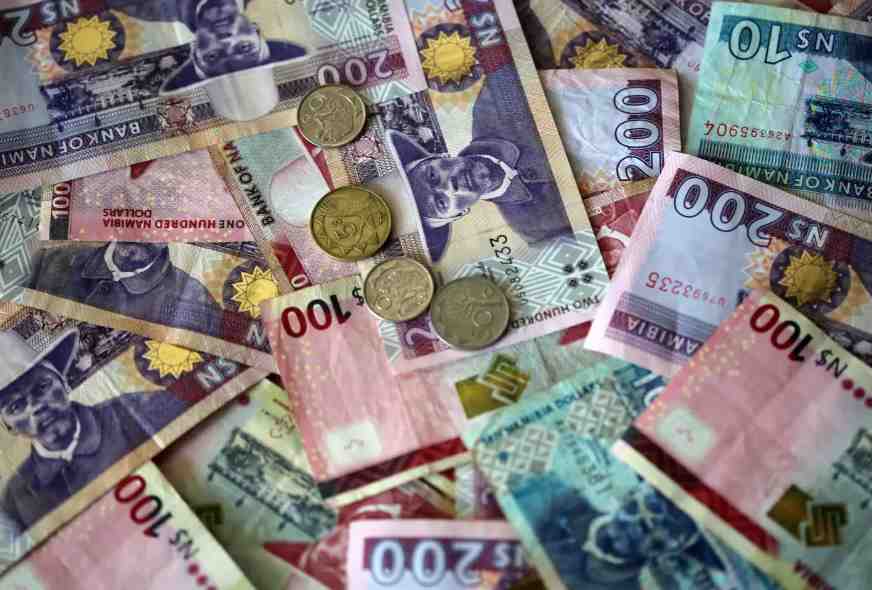Namibia’s currency is the Namibian dollar (NAD), which was introduced in 1993, replacing the South African rand.
History of Namibian currency
Before the introduction of the Namibian dollar, the South African rand was the official Namibia currency . However, in 1990, Namibia gained its independence from South Africa and decided to adopt its currency. The Namibian dollar was created as a pegged currency, with its value tied to the South African rand. One Namibian dollar was equal to one South African rand.
Pictures on Namibian banknotes
Namibia’s banknotes feature a variety of images that represent the country’s culture, history, and wildlife. Here are some of the notable images that can be found on the Namibian banknotes:
10 Namibian Dollar Banknote: The front side of this banknote features a portrait of Hendrik Witbooi, a Herero chief who fought against German colonial rule in the late 19th century. The back side of the banknote depicts two mountain zebras.
20 Namibian Dollar Banknote: The front side of this banknote features a portrait of Sam Nujoma, Namibia’s first president. The back side of the banknote depicts a family of African elephants.
50 Namibian Dollar Banknote: The front side of this banknote features a portrait of the late Namibian politician and anti-apartheid activist, Herman Toivo ya Toivo. The back side of the banknote depicts a cheetah
100 Namibian Dollar Banknote: The front side of this banknote features a portrait of Namibia’s first prime minister, Hage Geingob. The back side of the banknote depicts a Cape buffalo.
Namibian currency performance in the Last 20 years
Over the past 20 years, the Namibian dollar has performed relatively well. In 2002, the exchange rate was around 7.5 Namibian dollars to one US dollar. By 2021, the exchange rate had weakened to around 15 Namibian dollars to one US dollar. This depreciation was mainly due to external factors such as the COVID-19 pandemic and global economic slowdown.
Despite the weaker exchange rate, the Namibian economy has been growing steadily over the past few years. In 2019, the Namibian economy grew by 0.2%, and in 2020, despite the challenges posed by the pandemic, the economy contracted by only 7.3%. The country’s strong mining sector, which contributes significantly to its economy, has been driving this growth.
Namibia’s central bank, the Bank of Namibia, has been instrumental in maintaining the stability of the country’s currency. The bank has implemented various policies to ensure that the Namibian dollar remains stable and predictable. For example, the bank has kept its benchmark interest rate low, which has helped to keep borrowing costs down for businesses and consumers. Additionally, the bank has been intervening in the foreign exchange market to stabilize the Namibian dollar’s value.
Economic factors driving growth in Namibia
The economy of Namibia is largely based on mining, which accounts for a significant portion of the country’s GDP. Namibia is a major producer of diamonds, uranium, and other minerals. The country’s strong mining sector has been driving its economic growth in recent years, and the government has been working to promote the development of other sectors, such as tourism and agriculture. Despite its natural resources, Namibia faces a number of economic challenges, including high levels of inequality and unemployment. The government has implemented various policies to address these issues, such as providing tax incentives to businesses that invest in certain sectors and increasing social spending to support the country’s most vulnerable populations.




